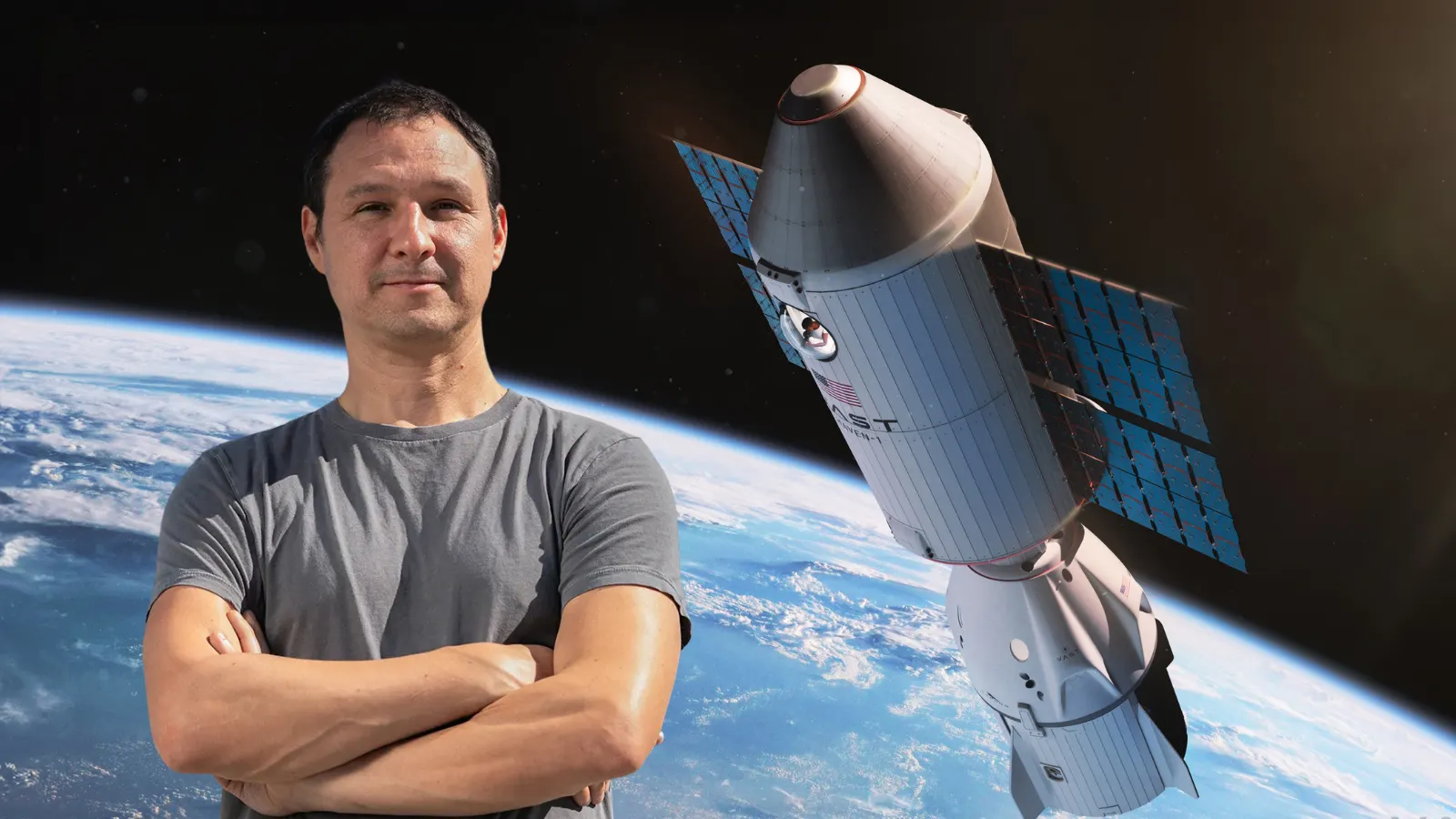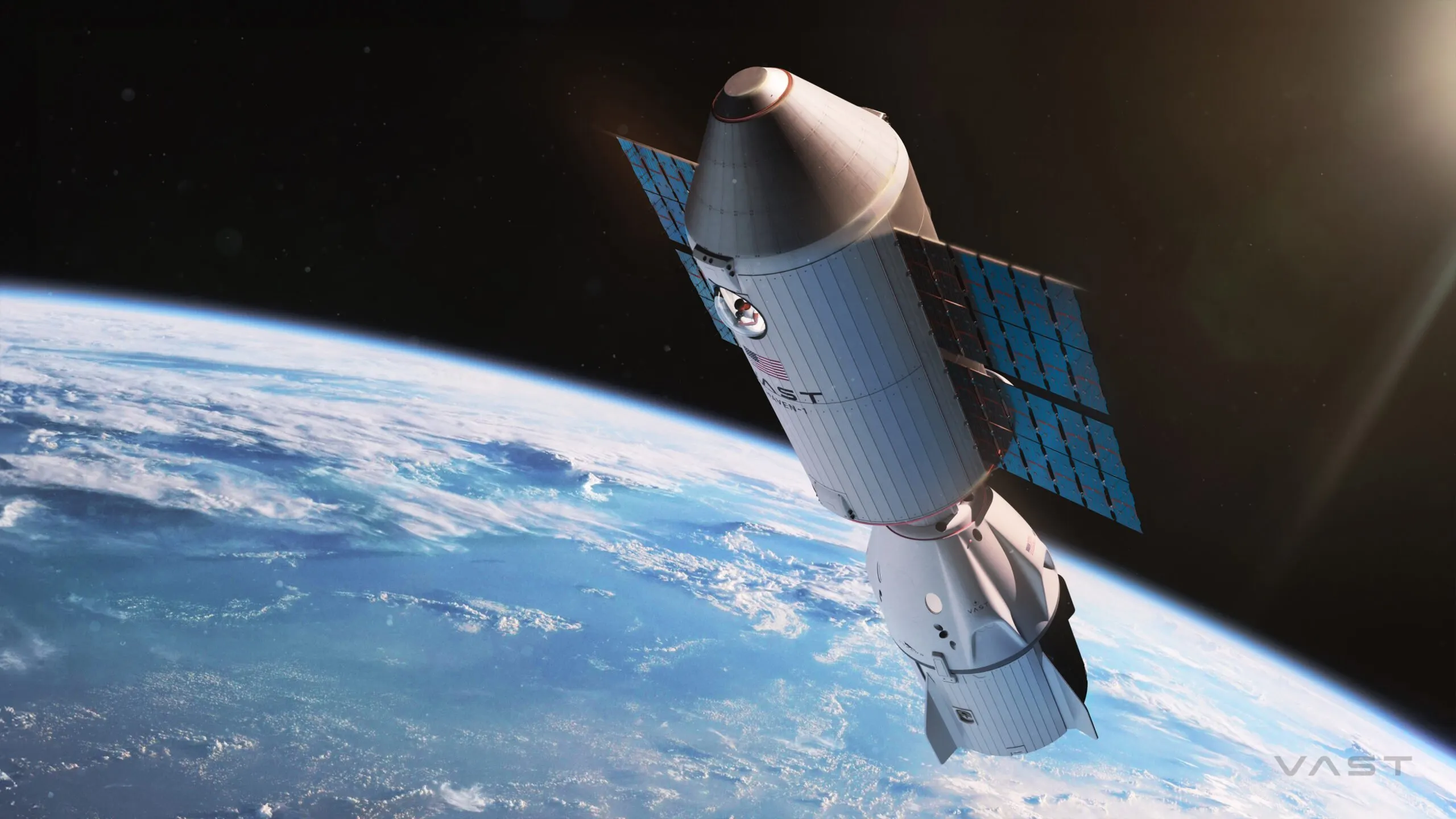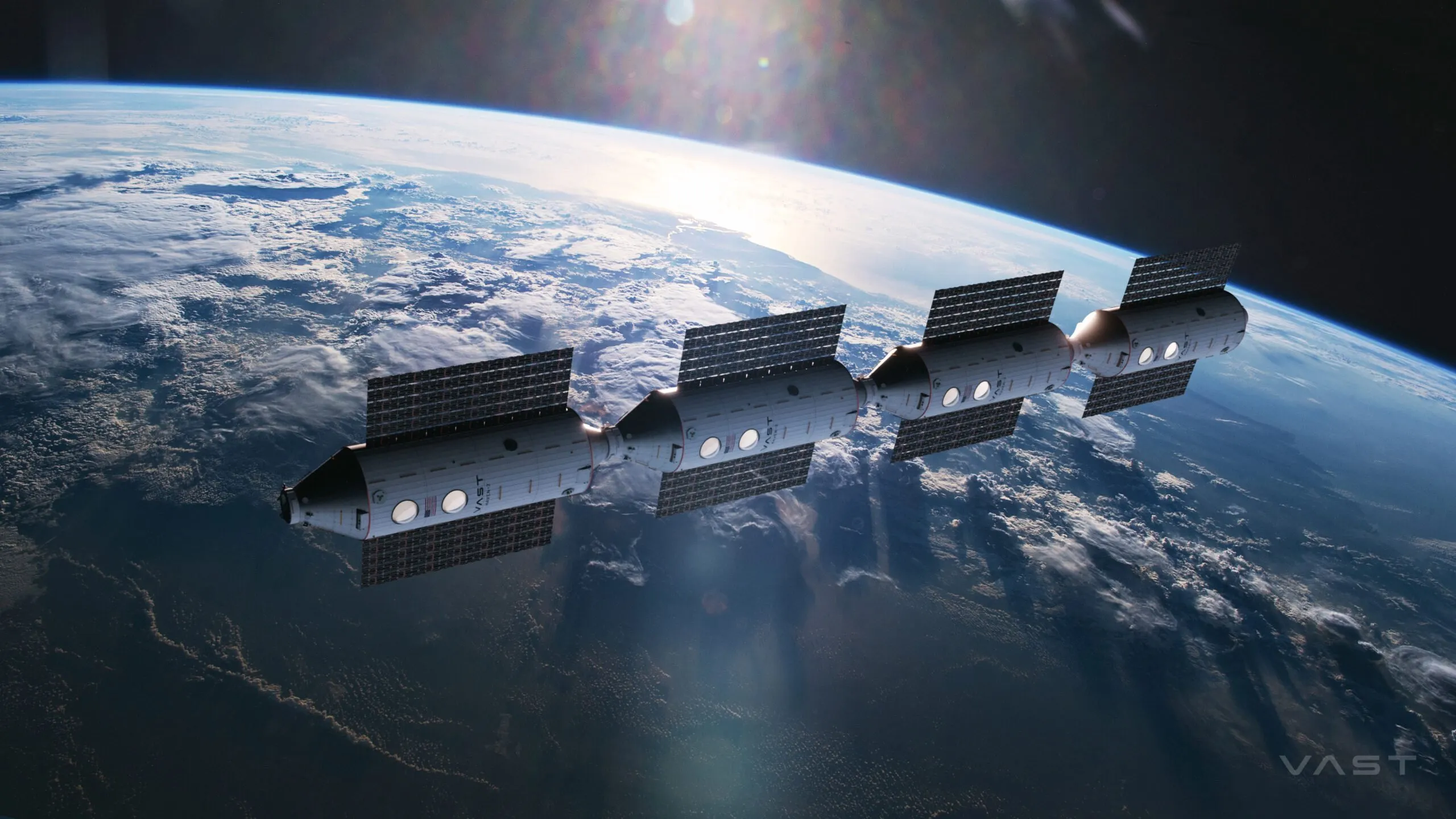
How do you spend your cryptocurrency wealth? You build a spacestation, obviously.
According to a recent report from, Ripple’s co-founder Jed McCaleb has been doing exactly that. Bloomberg.
McCaleb (a veteran industry leader) isn’t interested in the hype. While many crypto investors claim to be “going the moon” if Bitcoin soars, McCaleb wants the real deal.
McCaleb said: “It is important for people to make this jump from the current world we live in, into this future where there are many people who will be living off of Earth.” Bloomberg. It’s rare to find someone who is willing to devote the resources, time, and risk tolerance I have.
McCaleb’s $1 billion bet, entirely self-funded, is that Vast Space—the California-based aerospace company he founded in 2021—can build and launch a functioning station. It is hoped to be a contender to replace the International Space Station which will decommission in 2030.
McCaleb co-founded Mt. Gox in 2010, Ripple in 2011, and then Stellar in 2014, is now investing his estimated $3.2 billion fortune—largely from XRP sales—into Vast Space.
Chris Larsen, Executive Chairman of Ripple and co-founder Ripple wrote: “This vision is bold. It’s big.” In the past, America used to explore new frontiers in this way before slipping into bureaucracy. “I’m pulling for Vast to succeed.”
Vast creates space stations with artificial gravity. Many employees of Vast have experience in aerospace, including former SpaceX workers. The orbital habitats simulate gravity using centrifugal forces while providing the comforts and conveniences of home.
Recently, the company revealed its final design of Haven-1, their first module. Vast and SpaceX have partnered to put Haven-1 on orbit. SpaceX will launch Vast Haven-1 modules using its Falcon9 Rockets. The Vast website states that the first launch for Haven-1 will take place in May 2026, for a mission of two weeks above Earth.

The concept of artificial gravity stations has long been a staple in science fiction, ranging from Stanley Kubrick’s 1968 sci-fi classic film "2001: A Space Odyssey" to Christopher Nolan’s 2014 film "Interstellar."
Our Mojave test site in California has received the Haven-1 primary structural qualification article. Lift operations are being conducted to mount the article. pic.twitter.com/IDNSVi39d1
— Vast (@vast) January 15, 2025
The modular Haven-2 system is currently being developed to replace the Haven-1 module, which is designed for independent operation or docking with SpaceX’s boosters. A number of Haven-2 units can be combined to form an expandable, larger station.

NASA, the European Space Agency and other public-sector agencies are turning more and more to the private sector to provide astronauts with the necessary resources to go into space. McCaleb joins a growing list of private citizens who are stepping in to help meet this need. These include Musk, Richard Branson, Jeff Bezos, and others.
They represent a growing roster of private companies and national space agencies—including Axiom Space, Blue Origin, Voyager Space, Airbus, and China’s CNSA—that are racing to build the next generation of space stations tailored for research, manufacturing, tourism, and long-term habitation.
The Dragon mission offers humanity the chance to create a space future. Falcon 9 launching two @Vast private astronaut missions will continue to help make life multiplanetary https://t.co/7nwpGQhAVz
— SpaceX (@SpaceX) December 19, 2024
Vast will be able to strengthen its position in the growing private space race if it can launch successfully in May. A NASA contract is also essential to the long-term viability of the company.
Andrew Hayward is the editor


